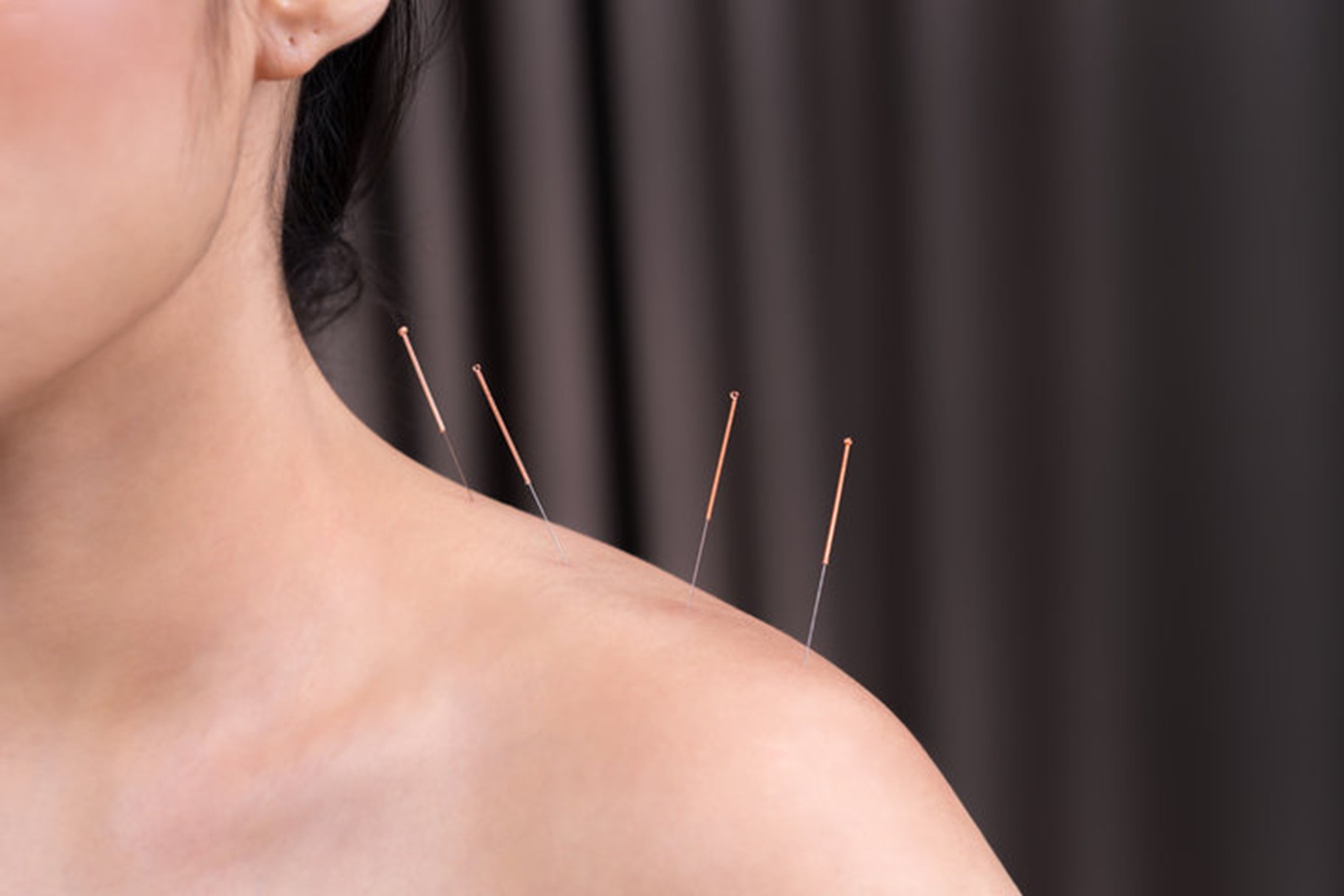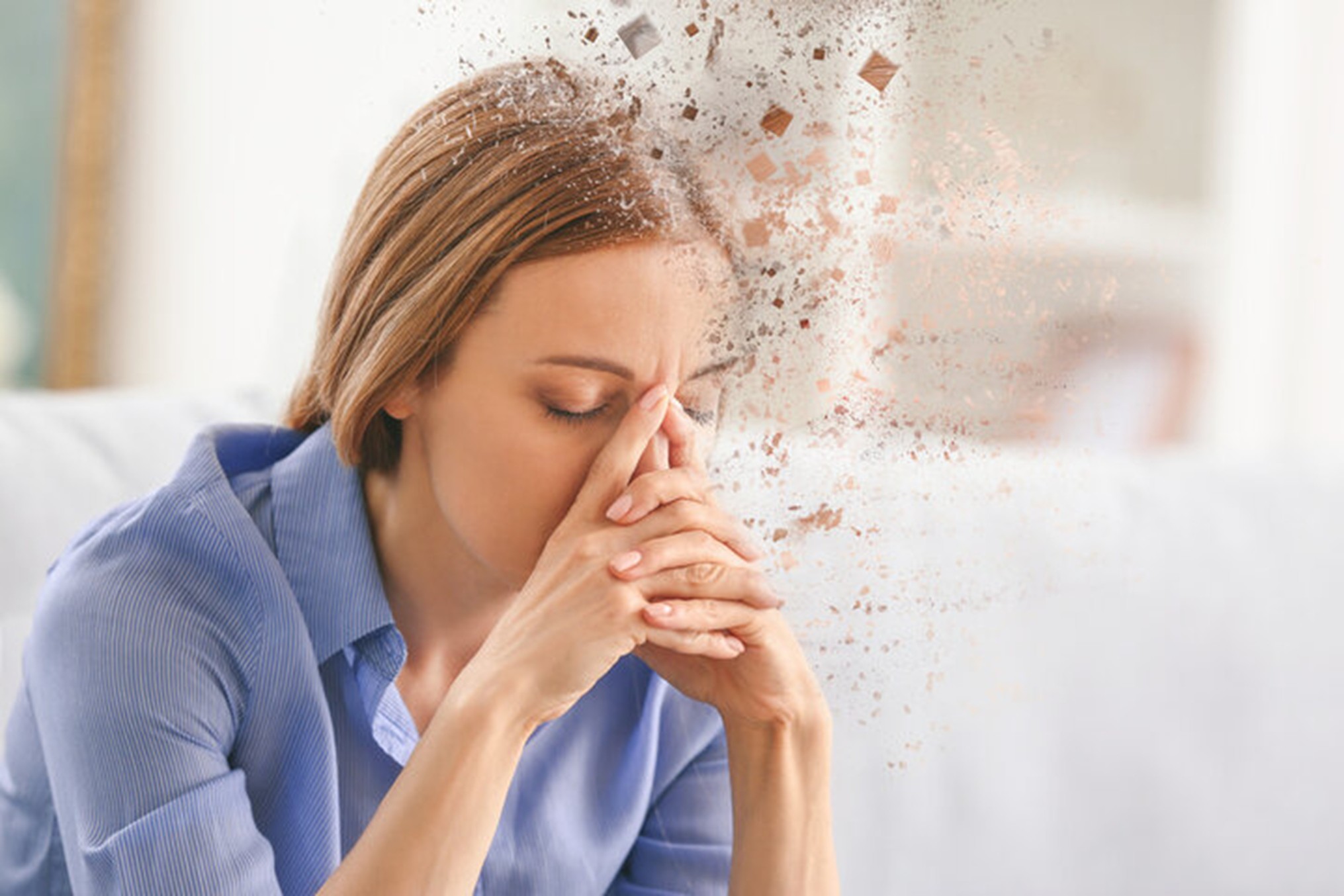
Stress has a peculiar way of adapting to modern life. It changes its shape, from deadlines to notifications, from crowded schedules to quiet worries, yet its impact on the human body remains strikingly familiar. What has changed, however, is how we respond to it. As medicine advances and mental health takes center stage, many are rediscovering one of the oldest tools for balance and calm: acupuncture.
The foundation of acupuncture dates back thousands of years, and is based on the idea that tension can be released by restoring flow. Its longevity is no accident. Few treatments have survived centuries of advancements in science, societal changes, and technological innovation. Today, acupuncture’s effectiveness is supported not just by tradition, but by data and by a new generation of precision-engineered acupuncture supplies that make each session more controlled, sterile, and patient-friendly than ever before.
Acupuncture's contemporary practice is no longer limited to dimly lit wellness clinics or guarded ancient rituals. It flourishes at physical therapy clinics, integrative healthcare institutes, and even corporate wellness initiatives. This subtle development, driven by creativity but true to its roots, has made acupuncture one of the most advanced stress-reduction techniques on the market today.

Stress is more than emotion; it’s chemistry. Cortisol levels rise, blood vessels constrict, and muscles tighten into silent knots that medicine alone can’t always unwind. Acupuncture intervenes in this loop by signaling the body’s own regulatory systems. When a needle stimulates a specific point, it triggers localized blood flow and the release of neurotransmitters that calm the nervous system.
This connection has been clearly mapped by contemporary studies. The parasympathetic response is triggered by the delicate insertion of small, flexible needles, which are frequently finer than a human hair. This causes the body to go from "fight or flight" to "rest and repair." Patients often experience an instant feeling of lightness, which is due to physiological recalibration in quantifiable ways rather than mystical shifts in energy.
Precision in this process is everything. The smallest variation in needle depth or material can influence outcome and comfort, which is why today’s practitioners rely heavily on refined, medical-grade acupuncture supplies that ensure accuracy without discomfort. The ancient theory remains the same; the tools have simply caught up to the science.
The misconception that modernity erases authenticity couldn’t be further from the truth. The reliability of acupuncture has been improved by technology without sacrificing its core principles. Simple designs have been replaced with sterile, single-use packaging, ergonomic grips for improved control, and stainless-steel needles made to microscopic standards - not to market the profession, but to preserve its integrity.
Similarly, adjunct devices like electro-acupuncture stimulators and TENS units have expanded its applications for chronic pain and anxiety management. These additions don’t replace traditional methods; they refine them, allowing practitioners to deliver consistent outcomes while maintaining the human element that defines the therapy.
For accuracy and hygienic reasons, even cupping sets, moxibustion tools, and magnetic acupressure devices have been redesigned. What started out as a strictly tactile art has developed into a field backed by both clinical knowledge and artistry. The result is treatments that feel less intimidating, more effective, and increasingly accessible to patients seeking calm without chemicals.
Many people are hesitant to use acupuncture for the first time, harboring a silent mistrust of needles as tools for relaxation. However, these impressions usually disappear in a few minutes. The anxiety that comes with conventional imaging is lessened by the near-silent insertion of modern acupuncture equipment. The slight sensation is frequently characterized as release, pressure, or warmth instead of pain.
This subtle comfort shift matters. Stress relief is as much about perception as physiology. A practitioner’s ability to instill confidence through precision and hygiene sets the tone for therapeutic success. Clean, well-designed acupuncture tools reassure patients that they’re receiving care aligned with both ancient wisdom and modern safety.
In clinics worldwide, this fusion of design and discipline is redefining acupuncture’s image - from alternative to essential, from ancient to relevant.
The subtle resilience of acupuncture is found in its capacity to change without losing its core principles. The development of ergonomic design, sterilization, and materials shows care rather than commercialization. Every advancement respects the accuracy of the practitioner and the confidence of the patient, the two cornerstones that have supported this craft for centuries.
As stress becomes the most universal ailment of modern living, acupuncture’s relevance has only grown. Its endurance is a testament to one simple truth: when tools evolve with purpose, ancient wisdom flourishes.
At the end of the day, the story remains the same - the right acupuncture supplies don’t just simplify practice; they preserve the purity of healing itself.